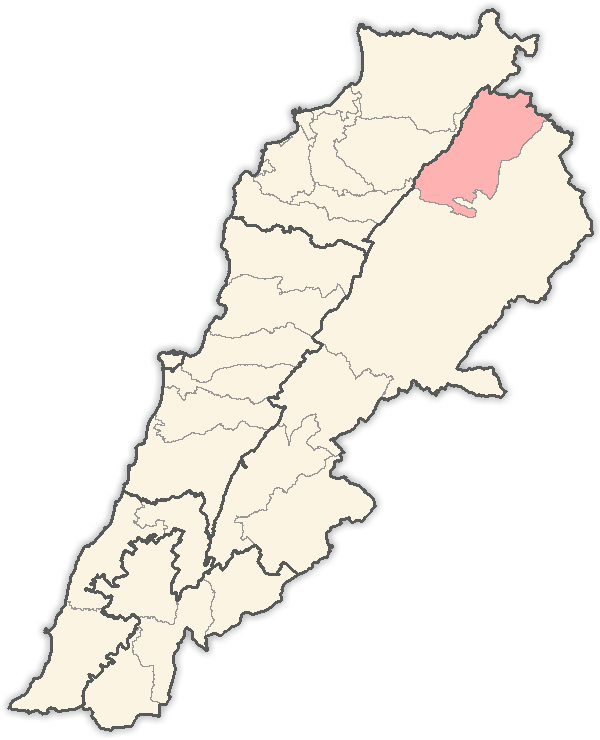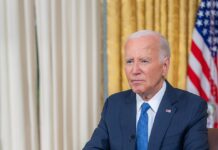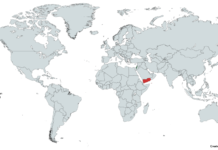Yesterday, Israel conducted what is described as its most extensive attack on Hezbollah to date, responding to missile launches from the Lebanese group aimed at a strategic IDF base in northern Israel. Israeli jets targeted a military compound used by Hezbollah’s aerial unit, situated between Ras Baalbek and Hermel, over 80 miles from Israel’s nearest border point. This operation signifies a significant expansion of Israel’s military reach in response to threats from Hezbollah, marking a crucial point in the ongoing tensions between the two.
Earlier incidents saw Hezbollah firing projectiles towards the IDF’s air traffic control base on Mount Meron, close to the Israel-Lebanon boundary. Additionally, the IDF identified three anti-tank missile launches directed at the northern Israeli community of Avivim, thankfully resulting in no injuries. Despite the absence of injuries, the attack towards Avivim ignited a fire, causing considerable damage to a local winery, further aggravating tensions.
This slow build-up of provocations from Hezbollah, juxtaposed with the ineffectiveness of U.S.-led de-escalation efforts, has fueled worries about the potential for the Lebanese front to erupt into full-scale conflict, especially as the confrontation in Gaza nears a critical juncture. A recent poll highlighted the growing concern among the Israeli populace, with 69 percent believing that a comprehensive conflict with Hezbollah is either quite or very likely in the near future.
Analysts have been closely monitoring these developments. According to Mark Dubowitz of the Foundation for Defense of Democracies (FDD), the Israeli military has strategically balanced its strikes on Hezbollah to impose costs—eliminating over 300 terrorists and destroying significant infrastructural and weapons capabilities along the border—without pushing the situation into a widespread war. This careful management allows room for diplomatic interventions while preparing Israel for a potential broader military action if necessary.
Seth J. Frantzman, another expert from the FDD, emphasizes the critical nature of Hezbollah’s recent attacks on northern Israel, which have instilled fear along the border, forcing evacuations in Israeli communities since October. Frantzman argues for the necessity of deterring Hezbollah from further aggression and backing Israeli defensive operations against the group.
Amid these tensions, Hezbollah has been bolstering its arsenal, as indicated by Sayyed Nawaf al-Mousawi, head of the group’s Resources and Borders department. A report on March 26 highlighted Hezbollah’s efforts to introduce new weaponry and missiles into its conflict with Israel, with al-Mousawi noting the group’s increased efficiency in amassing key weapons within a much shorter timeframe than before.
This ongoing conflict underscores the deep-seated animosity and complex geopolitical dynamics in the region, highlighting the urgent need for effective diplomatic solutions to avert further escalation and ensure regional stability.
Map is map of Lebanon. Highlighted Location = Where Hermel is located in Lebanon
Image is in the public domain and was created by Hanhil.









